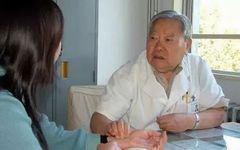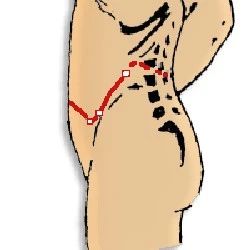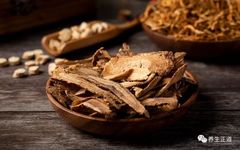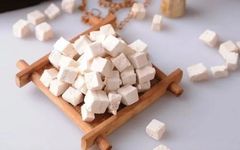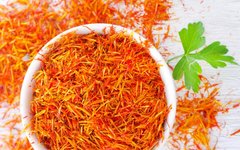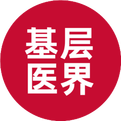Damp-Heat: The Root of Many Illnesses! Eczema, Jaundice, Diabetes, and Gynecological Inflammation All Bear Its Shadow
“Damp-heat is the root of all diseases,” a statement that many may not understand, but anyone well-versed in Traditional Chinese Medicine (TCM) can grasp its significance. Dampness and heat are two external pathogenic factors that can cause illness in any season. Dampness is heavy, turbid, and sticky, making it difficult to eliminate, and it can … Read more


